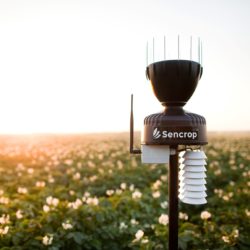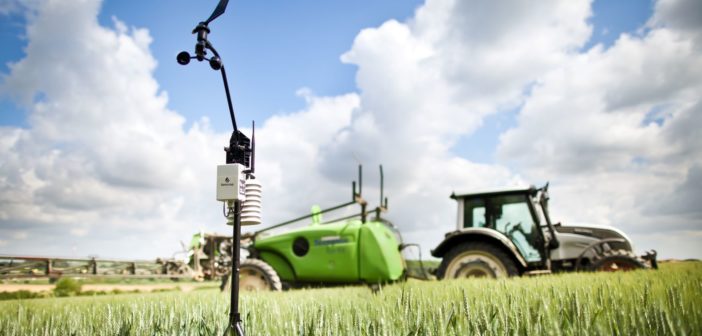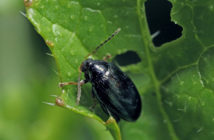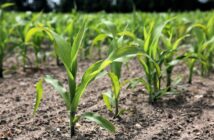Farmers, agronomists, buying groups, processors and utility companies have embraced the concept of ‘data collaboration’, recognising its value in decision-making, management of day-to-day farm operations and more effective use of crop protection products, says agri-weather pioneer Sencrop.
Offering an early insight into how strategic data collection, analysis and sharing is creeping into the
whole agri-food value chain, the French agri-tech start-up revealed that across Europe it has activated
250 private weather networks – 25 of those networks within the UK – connecting over 9,000 on-farm
stations from its total of 15,000.
“During 2020 we doubled the number of ag weather stations in the UK,” said Fleur van Luijk, UK market
co-ordinator for Sencrop, which entered the UK market in 2018.
“Approximately one-quarter of our stations are connected collaboratively within a private network,
enabling access to data from other stations.”
Users can choose stations located in areas of interest and retrieve all the weather data in a secure, ultra-localised manner using a smartphone app or a standard browser.
Sencrop says farmers armed with this information – temperature, wind speed, direction, humidity,
cumulative rainfall – can better manage their operations. They can anticipate weather or disease risks,
allocate daily tasks to make the most of appropriate weather windows and ensure best practice in
using crop protection products.
For example, trials carried out at Syngenta’s Shropshire Innovation Centre combined field-level
Sencrop weather data with in-field aphid monitoring. By calculating a hyper-local T-Sum 170 –
regarded as the threshold for applying anti-BYDV insecticides – growers could make a more informed
decision about spraying, either by optimising timing or improving confidence in avoiding unnecessary
applications.

According to Sencrop, agronomists are using access to this shared data to improve and refine their
recommendations to customers. Processors and buyers are also using networks to analyse weather
data to develop harvest strategies that optimise harvest windows, while maintaining supply volumes.
Even utility companies are getting in on the act: Home Counties water supplier Affinity Water created
a Sencrop network for farmers within its catchment, helping them to time applications of sensitive herbicides to minimise run-off and improve water-treatment procedures.
Sencrop says enthusiasm for collaborative work is evident amongst its customers. Nearly 10 per cent
of its networks include more than 100 farmers or more than 100 stations, with customers configuring
networks to suit their own needs. Over half the networks have more than 10 stations, ranging from a
few square miles to national networks linking dozens.
While each network is unique in terms of its size, operation, crops and numbers of stations, they all
encourage co-operation, communication and collaboration. The benefits are greater working comfort,
better risk management and better agricultural performance.




